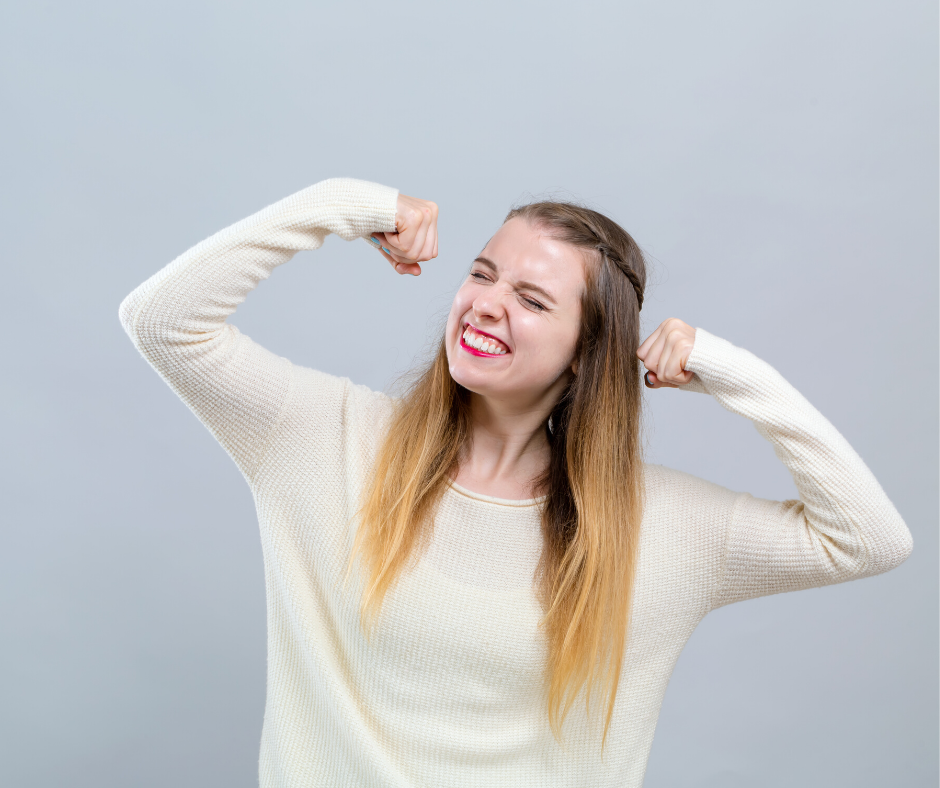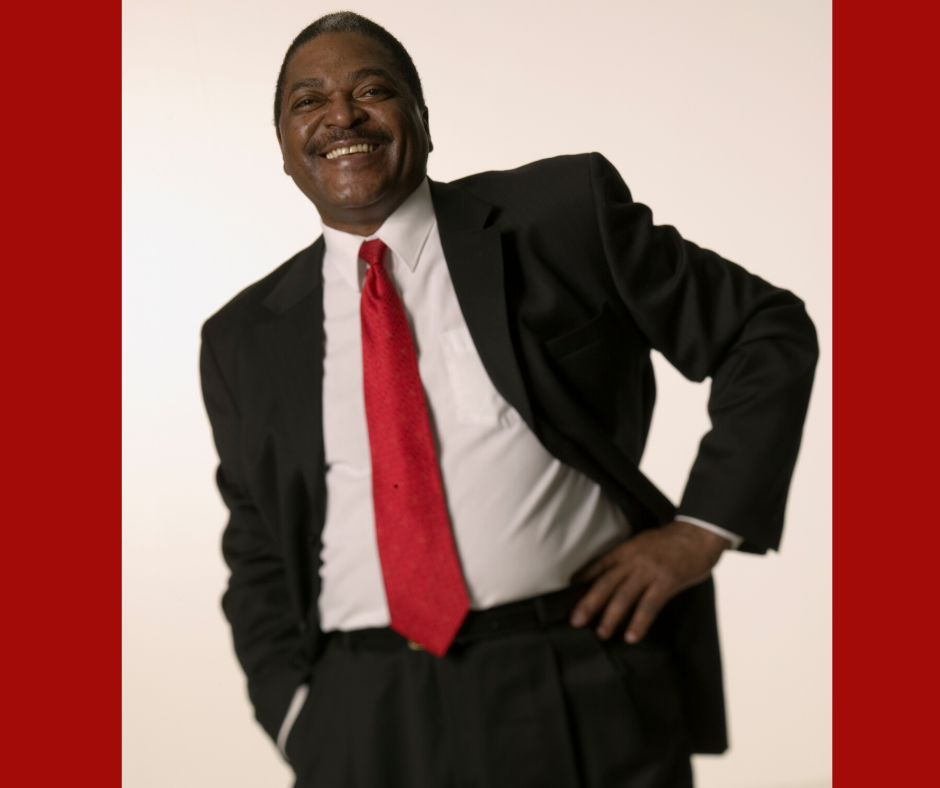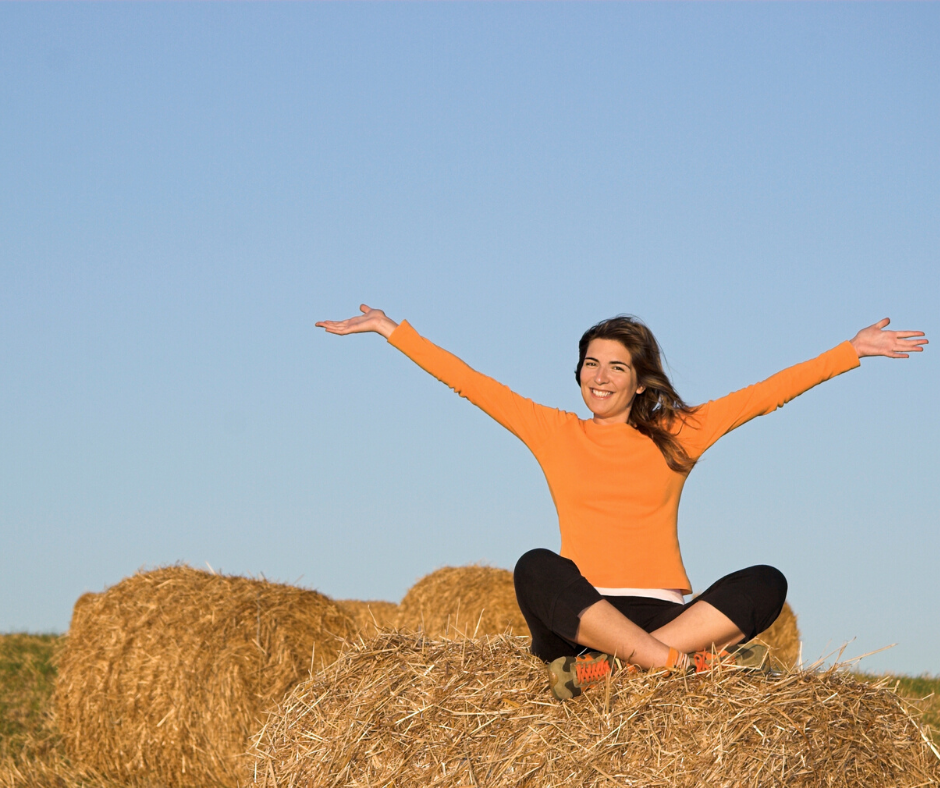Calm in the Storm: How to shift from powerlessness and anxiety to strength and calm
As we enter more deeply into what I call a “panicdemic” due to the COVID-19 virus, I see colleagues, clients, friends, and family getting more and more stressed out about all of it. From the possibility of getting the virus, to the economic issues happening as a result of “hunkering down.”
Today I want to address how you can shift from powerlessness and anxiety to strength and calm by an easy to do 2 min. exercise that can help you start your way into other calming practices.
You see, any time you move your body and shift your posture, you also shift your physiology. Any time you shift your physiology, you shift the activity of your nervous system and its state of excitement-stress—calm–shut down-collapse. You can intentionally use simple movements to shift your emotions and your mood.
Amy Cuddy, the author of “Presence,” did a TED talk in 2012 that went viral worldwide, and in which she introduced how to shift the state of the body-brain from one of anxiety or tension to strength and calm. Based on her research and what others have suggested and tested in the years since then, here is a simple exercise to help you do that shift.
1. Awareness. As you notice stress and anxiety showing up in your body, or before going into any situation that might evoke feelings of stress or anxiety — a medical appointment, a job interview, a business meeting, a court hearing, a tax audit, a confrontation over serious misbehavior by a family member, the thought of what the Corona virus can do to you and/or your family and business — find a quiet, private place where you can let yourself feel the anxiety or worry in your body. If you want to recondition, even rewire your anxiety, it’s very important to notice first where it “lives” in your body. Let your body embody the posture that expressed the worry or anxiety.
2. Change Pose. Once you notice this, then move into the power pose: Stand tall and erect, feet about hip width apart, chest lifted and head held high, your arms held high over your head.
3. Feel it. Let yourself feel strength and energy of this pose in your body. Experiment with different poses to learn what allows you to experience these feelings most reliably. Here are a few pictures that show you some of those possible poses.
4. Change. Then you can move back and forth between the posture of anxiety or worry and the posture of the power pose, for a few times. Gradually let go of the posture of worry and remaining in the posture of power, strength and courage for a couple of minutes.
5. Breathe. Then go to a relaxing pose and take a couple of deep breaths (all the way down to the diaphragm, not shallow on your chest).
6. Imagine. Go back to your power pose and imagine yourself successfully navigating whichever circumstance had brought up your stress. For example, If worry about the COVID-19 virus, see yourself healthy, happy, and able to go through the rest of your life successfully.
Try this exercise and let me know how you find yourself shifting your energy. And then, remember some essential simple elements for keeping your head above water when all about you people are drowning in their anxiety.
Keep consciously aware of the state of your health and of your nervous system
Take all needed precautions and make all needed preparations
Manage the emotional contagion. Spread a positive contagion, not a negative one.
Manage uncertainty by focusing on what you CAN do in the present.
Keep everything in a larger perspective
Look for people that can be helpful
Trust life
There was a slogan designed and made popular during World War II to instruct British citizens how to behave in the face of threatened massive air attack: “Keep calm and carry on!” As we face another kind of unpredictable air attack by COVID-19, it’s more important than ever to do practices that can help ourselves and the world to stay calm and get through this together. Stay safe and calm! This too shall pass!
P.S.
If you want to learn other practical ways to calm your brain and your emotions, check this link: http://bit.ly/calm-2nr or SCHEDULE an exploratory call with. me to see how I can help you stay calmer.





